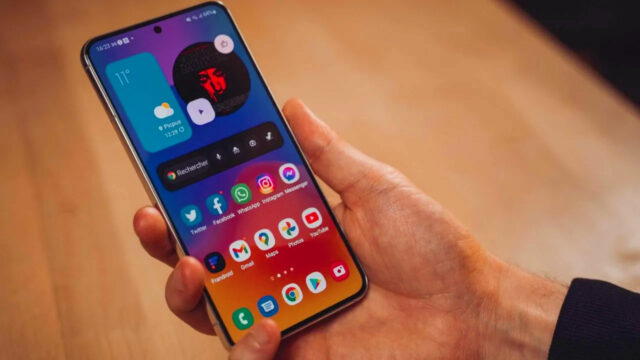The International right-to-repair laws movement is reshaping how consumers interact with their devices, pushing for greater access to repairs and challenging manufacturer restrictions. These laws aim to ensure that individuals and independent repair shops can fix electronics, vehicles, and appliances without being hindered by proprietary parts, restricted tools, or locked software. As governments worldwide recognize the environmental and economic benefits, these laws are gaining momentum.
What Are International Right-to-Repair Laws?
International right-to-repair laws mandate that manufacturers provide consumers and third-party repair shops with the tools, parts, and information needed to repair products. These laws counter practices like planned obsolescence, where devices are designed to fail prematurely, forcing consumers to buy replacements. By promoting repairability, reduce electronic waste, save consumers money, and support local economies through independent repair businesses.
Key Developments in International Right-to-Repair Laws
United States
In the U.S., International right-to-repair laws have seen progress at the state level. New York passed the Digital Fair Repair Act in 2022, requiring manufacturers to provide repair resources for electronics. Other states, like California and Massachusetts, have followed with similar legislation, particularly for automotive and agricultural equipment repairs. Federal efforts, including FTC investigations into anti-repair practices, signal growing support.
European Union
The EU leads in International right-to-repair laws, with regulations under the Ecodesign Directive. Since 2021, manufacturers of appliances like washing machines and TVs must ensure spare parts are available for up to 10 years. The EU’s 2024 Right to Repair Directive further strengthens consumer rights, requiring affordable repairs and discouraging tactics that prevent independent fixes.
Australia
Australia introduced International right-to-repair laws for vehicles in 2022, mandating that carmakers share diagnostic data with independent mechanics. The government is exploring broader legislation for electronics, aligning with global trends to promote sustainability and consumer choice.
Other Regions
Countries like Canada, India, and South Africa are beginning to explore. Canada’s Bill C-244, introduced in 2022, aims to amend copyright laws to allow bypassing software locks for repairs. In India, consumer advocacy groups are pushing for similar protections, citing the growing e-waste crisis.

Why does it matter?
Environmental Impact
Combat the 50 million tons of e-waste generated annually, as reported by the UN. Repairing devices extends their lifespan, reducing the need for resource-intensive manufacturing and disposal.
Consumer Savings
Repairing instead of replacing can save consumers hundreds of dollars. Laws empower users to avoid costly manufacturer repair programs or forced upgrades.
Economic Growth
By enabling independent repair shops, create jobs and foster competition, breaking manufacturer monopolies on repair markets.
Challenges Facing International Right-to-Repair Laws
Despite progress, International right-to-repair laws face opposition from tech giants like Apple, John Deere, and Samsung. These companies argue that proprietary systems protect intellectual property and ensure safety. Critics counter that such restrictions prioritize profits over consumer rights and the environment. Harmonizing across borders remains a hurdle, as differing regulations create compliance challenges for global manufacturers.
The Future
The trajectory points to broader adoption. Advocacy groups like iFixit and Repair.org are driving awareness, while grassroots campaigns pressure lawmakers. Emerging technologies, such as modular smartphones and open-source hardware suggest a future where repairability is standard.
How Consumers Can Support?
- Advocate: Contact legislators to support
- Choose Repairable Products: Buy from brands prioritizing modularity and repairability.
- Learn DIY Repairs: Use online guides to fix devices, reducing reliance on manufacturers.
International right-to-repair laws are transforming the global landscape, empowering consumers and promoting sustainability. As more countries adopt these regulations, the balance of power shifts from manufacturers to users. By supporting, individuals can contribute to a world where repairing, not replacing, is the norm—saving money, reducing waste, and fostering innovation.
















